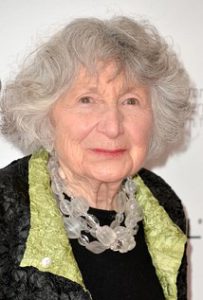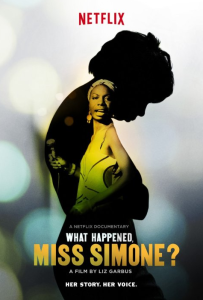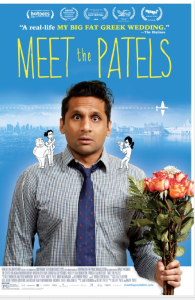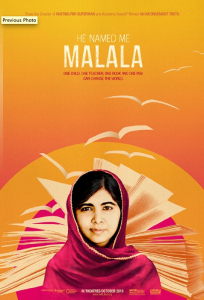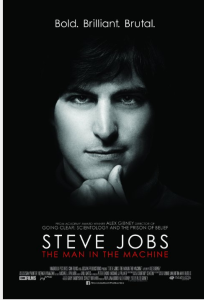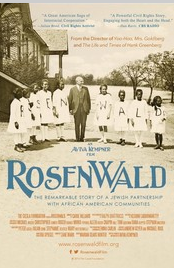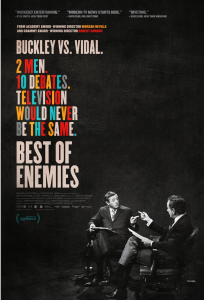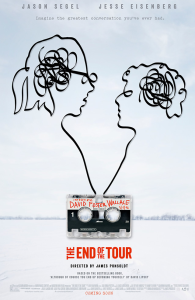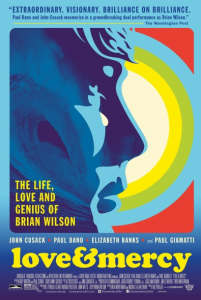 ***
***
The Armor of Light – sp
This thoughtful and original documentary film makes a case that the conservative right in this country led by evangelical ministers should consider that the correct moral position would be to support gun control. The case for this action, as unlikely as it may seem to be, is clearly made by this compelling documentary movie. It follows the conversion process to this point of view of Reverend Rob Schenck, who is a well-known leading American evangelical reverend who ministers to elected and appointed officials in Washington, D.C. and is president of the Christian Outreach Ministry “Faith and Action.â€
The filmmaker and the force behind this film is Abigail Disney, who is the granddaughter of Roy O. Disney, co-founder of the Walt Disney Company. She is also a philanthropist, a peace activist, and an accomplished filmmaker. She has developed a deep passion for the subject of this film, which is consistent with many of her other beliefs which includes women’s right to abortion. Once she decided to make this film, she had occasion to meet Reverend Schenck who had become very upset about a mass gun shooting of innocent people near where he lived in Washington, D.C. and began to think about gun control.
After meeting Ms. Disney, he agreed to participate in this film, which was exploring the subject of gun control although apparently, he had not yet made up his mind about his personal decision on this controversial subject. We see him embark upon series of discussions with many lay people as well as other ministers. He himself wanted to understand guns and actually got training in the use of them. He also attended the annual meeting of the National Rifle Association, which was an interesting event in and of itself. All of this is filmed by Ms. Disney and her documentary team.
Reverend Schenck speaks with many members of his congregation as well as others across the country. He, of course, reflects on this subject with deep thought and prayer. He also had occasion to meet Lucy McBath, mother of Jordan Davis, an unarmed teenager who had been murdered and whose killer was using the so-called Stand Your Ground defense in the State of Florida. Ms. McBath is a devout Christian and becomes moved by her son’s loss to use her grief to bring about political action for gun control. Her faith, passion, and advocacy lead her to interact with Reverend Schenck, first in trying to influence him and then, becoming his ally in the crusade for gun control.
Perhaps the most dramatic and powerful portion of this documentary is the passion and determination of the Christian ministers and others who attempt to justify citizens owning and using weapons and the recitation of their dictum that “The only way to stop a bad guy with a gun is a good guy with a gun.†Equally dramatic is the evolution of Reverend Schenck’s position to where he passionately concludes that the moral, ethical and Christian decision is an anti-gun viewpoint.
Obviously, this film does not solve this controversy but its presence and availability at the present time could have great significance and influence in this debate. The film is in the process of creating a controversy that centers around Reverend Schenck and the prominent position that he holds. In a post film discussion in which he was present, he indicated that he has already received significant criticism from evangelicals as well as support from some ministers. His organization has also received threats of the withdrawal of funds because of his evolving position on gun control.
Ms. Disney is planning to open this film in 24 cities in the United States many in the Bible Belt. We already see that the political debate and the presidential campaigns will expose some of the major disagreements among candidates, which includes gun control and “right to life.†This documentary film could be shown at local churches and civic meetings and have the potential to allow people to consider that there may be good moral reasons to change their position on the issue of gun control even if they are not yet ready to compromise on other social issues. Whether this potential will be realized remains to be seen.(2015)
